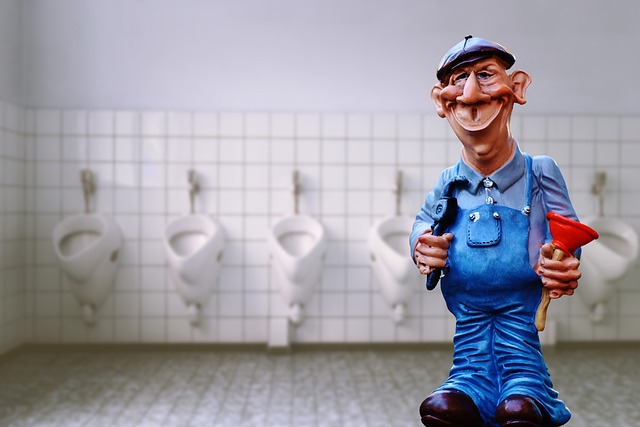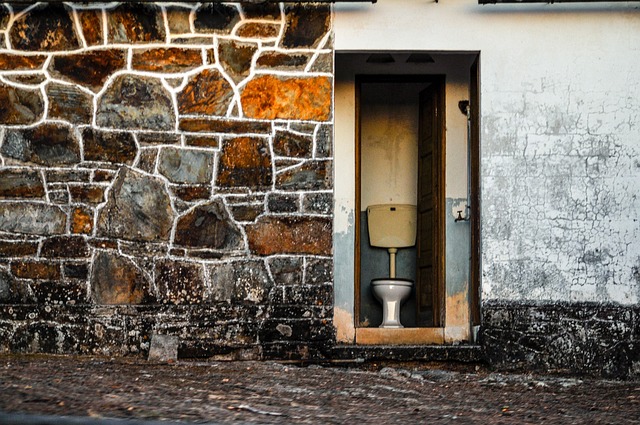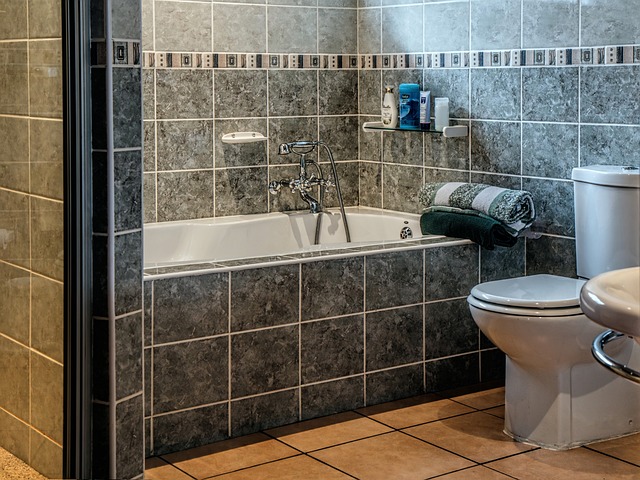Toilet clogs result from flushing non-biodegradables and buildup. Preventative measures include proper disposal, regular cleaning, and using plungers. Quick home remedies like hot water or baking soda/vinegar treat minor clogs. Severe cases require professional plumbing services for broken pipes or root intrusions. Regular maintenance and avoiding unsuitable flush items keep toilets unclogged.
Toilet clogs are a common household frustration. Understanding the science behind them is the first step to preventing and resolving these annoying issues. This article delves into the common causes of toilet clogs, offering practical strategies for maintenance and prevention. We’ll explore effective unclogging solutions, from quick fixes you can do yourself to knowing when it’s time to call a professional. Learn how to keep your toilet free-flowing with our comprehensive guide on how to unclog a toilet.
- Understanding Toilet Clogs: The Common Causes
- Strategies for Prevention: Keeping Your Toilet Free-Flowing
- Unclogging Solutions: Quick Fixes and When to Call a Professional
Understanding Toilet Clogs: The Common Causes

Toilet clogs are a common household issue that can leave you in a fix. Understanding what causes them is the first step to preventing and resolving this annoying problem. The most common culprits behind toilet clogs are non-biodegradable items being flushed down the drain, such as paper products (including tissue paper, sanitary products, and paper towels), plastic waste, and even certain personal care products. These items can stick together, form a clog, and eventually lead to a blocked drain or pipe.
Additionally, hair, grease, and other debris from grooming activities can accumulate in the pipes over time, causing clogs. Hard water and mineral buildup are also significant factors since they can harden around the edges of the toilet bowl and trap waste, making it difficult for water to pass through. Knowing these causes empowers you to take preventive measures, such as properly disposing of items that shouldn’t be flushed and regularly maintaining your plumbing system. For immediate relief when a clog occurs, knowing how to unclog a toilet with common household tools or chemical drain cleaners is essential.
Strategies for Prevention: Keeping Your Toilet Free-Flowing

Preventing toilet clogs is an easy and effective way to avoid inconvenient situations. Regular maintenance is key; ensure you clear out any excess toilet paper or waste regularly, as even small amounts can lead to blockages over time. Using a plunger is an essential tool in your plumbing kit; learn how to use it effectively by creating a seal around the drain and pushing down forcefully to break through clogs.
For persistent issues, consider using a snake or auger, which can reach and dislodge obstructions further down the drain. Additionally, avoid flushing non-biodegradable items like wipes, sanitary products, or grease down the toilet, as these are common causes of clogs. Regularly cleaning and maintaining your plumbing system will go a long way in keeping your toilet free-flowing.
Unclogging Solutions: Quick Fixes and When to Call a Professional

Unclogging Solutions: Quick Fixes and When to Call a Professional
For minor clogs, there are several quick fixes you can try at home. One common method involves using hot water. Pouring a pot of boiling water down the drain can help dissolve any built-up grease or soap scum. Alternatively, mix baking soda with vinegar; this potent combination often effectively breaks up clogs. Both solutions should be left to sit for several minutes before flushing again.
If these simple remedies don’t work, it might be time to call in a professional plumber. Severe toilet clogs could indicate deeper issues, such as broken pipes or root intrusion. Plumbers have access to advanced tools like snakes and high-pressure water jets that can clear even the most stubborn clogs. Regular maintenance and avoiding flushing non-biodegradable items down the toilet are key preventive measures.
Toilet clogs are an inconvenient truth, but with the right knowledge, they can be easily prevented. By understanding common causes such as foreign objects, excess toilet paper, and improper disposal of waste, you can implement effective strategies like regular maintenance, using drain covers, and practicing responsible flushing habits. If a clog does occur, having quick unclogging solutions at hand—including natural remedies or chemical cleaners—will save you time. However, for stubborn cases, it’s best to call a professional to avoid further damage. Remember, a well-maintained toilet is a happy toilet, so follow these tips to keep your plumbing flowing smoothly. For any issues, how to unclog a toilet should be your go-to solution.
